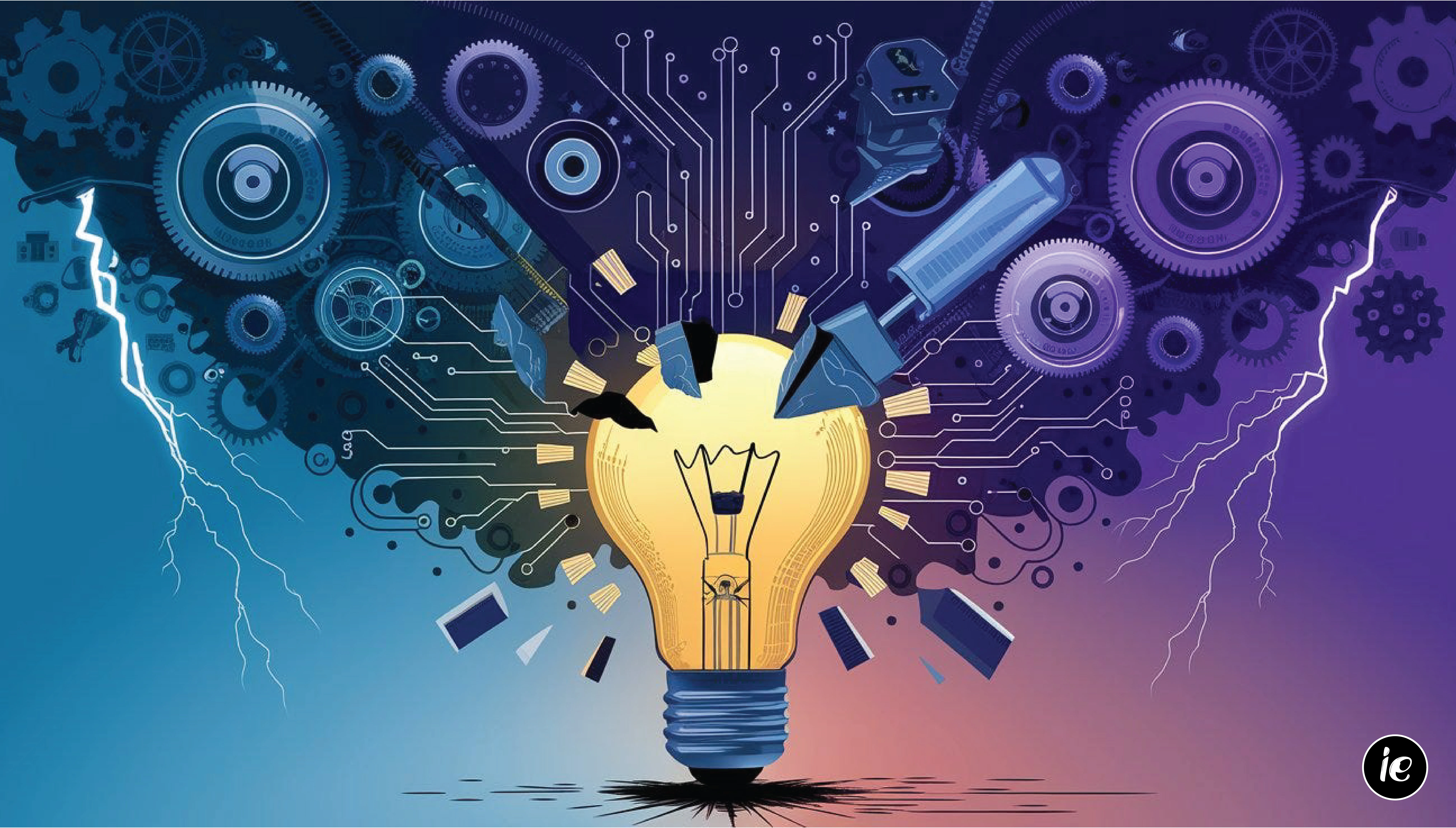Python has long been the go-to language for data scientists, thanks to its simplicity, versatility, and a rich ecosystem of libraries. However, the ever-evolving landscape of data science is witnessing the emergence of new tools and technologies that are challenging Python's dominance. This article explores the factors driving this shift and examines the potential contenders for the crown of the "best language for data science."
The Rise of Python: A Well-Deserved Reign
Python's ascent to the top of the data science world can be attributed to several factors:
- Readability and Simplicity: Python's syntax is clean and easy to learn, making it accessible to both beginners and experienced programmers.
- Extensive Libraries: A vast ecosystem of libraries, such as NumPy, Pandas, Scikit-learn, and TensorFlow, provides powerful tools for data analysis, machine learning, and data visualization.
- Community and Support: A large and active community of Python developers offers ample resources, tutorials, and forums.
The Evolving Landscape
While Python remains a powerful tool, several factors are driving a shift in the data science landscape:
- Increasing Data Complexity: As data becomes more complex and unstructured, specialized tools and languages are emerging to handle these challenges.
- Performance and Scalability: Python, while powerful, can be relatively slow for computationally intensive tasks. This has led to the adoption of languages like Julia and C++ for high-performance computing.
- Domain-Specific Needs: Certain domains, such as statistical computing and financial modeling, have specific requirements that may not be fully addressed by Python.
Potential Contenders for the Throne
Several languages and tools are emerging as strong contenders for the title of the "best language for data science":
- R: A statistical computing language, R is particularly well-suited for data analysis, statistical modeling, and data visualization.
- Julia: A high-performance language designed for scientific computing, machine learning, and data mining.
- Scala: A scalable and expressive language that combines object-oriented and functional programming paradigms.
- Specialized Tools: Tools like MATLAB and SAS are still widely used in specific domains, such as engineering and bioinformatics.
The Future of Data Science
The future of data science is likely to be characterized by a diverse ecosystem of tools and languages. While Python will continue to be a major player, it's important to consider the specific needs of a project when choosing a language.
Here are some trends that are likely to shape the future of data science:
- Low-Code and No-Code Tools: These tools are democratizing data science by making it accessible to a wider audience.
- Cloud-Based Data Science Platforms: Cloud platforms like Google Cloud Platform, AWS, and Azure provide scalable and cost-effective solutions for data science projects.
- AI and Machine Learning Advancements: As AI and machine learning continue to evolve, new tools and techniques will emerge to tackle complex data science problems.
- Ethical Considerations: Ethical concerns, such as data privacy, bias, and fairness, will play a crucial role in the future of data science.
While Python remains a dominant force in the data science landscape, it's important to stay updated with the latest trends and technologies. By understanding the strengths and weaknesses of different languages and tools, data scientists can make informed decisions about the best tools for their specific needs. The future of data science is bright, and the best language will ultimately be the one that best suits the task at hand.

